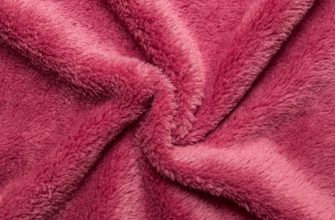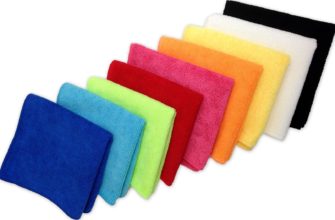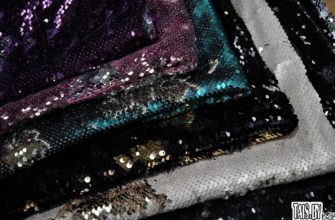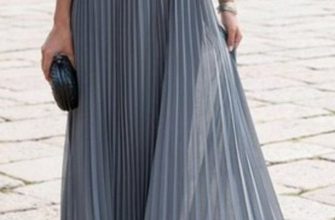Fleece fabric has important advantages that have ensured its wide popularity. In order to effectively use products made from such fabric, you need to know its inherent features.
- History of origin
- Production of fleece fabric
- Main characteristics and application
- What is the difference between fleece and polar fleece?
- Rules for using fabric when sewing clothes
- Fleece for newborns, can it be used?
- What is sewn from this material?
- How to wear it correctly
- The care of the products is easy
- How and at what temperature to wash fleece?
- Drying and ironing fleece items
- Leaders in the production of fleece fabrics
- Advantages and disadvantages of fleece products
- How much does fleece cost
History of origin
There is a similar sounding word in English: "fleece". It means "wool". The creators of fleece probably wanted to emphasize the ability of this material to retain warmth.

This material was created in 1979 in the USA. It was made by the American company Malden Mills from Massachusetts. When creating it, the task was set that the product should be:
- easy;
- be able to repel water;
- allow the skin to breathe.
As a result of research and experiments, fleece was created. It had all the required properties, but there was a significant drawback - this material could easily catch fire. However, with the help of special additives, this problem was eliminated.

In the near future, the use of fleece knitwear for sports and outdoor activities quickly gained popularity. This fabric was also convenient to use in various weather conditions: in hot or rainy weather.
There are special jackets made from this fabric. They are great for sports. What is a fleece jacket? It is a jacket that protects from bad weather and does not lose its qualities due to sweating as a result of intense physical activity.
Production of fleece fabric
It is created using a strip of artificial fibres which is subjected to high temperature treatment.
Note! The resulting strip is processed on a special machine, where loops of synthetic hair are picked up using special hooks. This creates a pile and a large number of pores in the fabric.
Then, using various types of additional treatment, the fabric is made non-flammable and given other important properties.
Main characteristics and application
This fabric is synthetic. It contains polyester and other artificial fibers. It looks like a non-woven material - fleecy and soft to the touch.

Fleece is a water-repellent and lightweight fabric. There are many varieties. They can differ in:
- density, which can range from 100 to 600 g per cubic cm;
- according to the degree of hairiness;
- The outer and inner sides are the same in some cases, but may differ in others.
Important! This fabric, due to its composition and structure, has a number of important advantages, but one of the most important is the ability to "breathe". Thanks to it, fleece has excellent thermoregulation - a person who wears it will not suffer in hot or cold weather, or in the rain.

The special structure of the fabric allows for comfortable conditions for the wearer, despite the fact that it is synthetic.
The fabric is used very widely:
- for outerwear or underwear;
- Fleece is another example of using fabric;
- as home textiles;
- as a material for gloves or warm clothing to wear in cold weather;
- for children's or sportswear;
- in other cases.
Note! It is also used for the production of certain types of workwear.
What is the difference between fleece and polar fleece?
Polar fleece is a thinner variety of fleece.
There are several types of fleece fabrics. Their classification can be considered from several points of view.
If we differentiate the varieties by composition, then this is what fleece is:
- Bipolar fleece is a double layer of such fabric. One of them is designed to protect from atmospheric moisture and wind, the other - for insulation.
- The use of polar fleece, which contains lycra, increases the wear resistance of the fabric.
- If polar fleece is used with spandex, it makes it highly elastic. This feature is useful, for example, in the production of gloves.
- Windblock is a high-tech fabric with improved windproof properties. A special membrane is installed between two layers of lightweight fabric for this purpose.
The fleece jacket has become widely known. What is it - excellent clothing for active recreation.
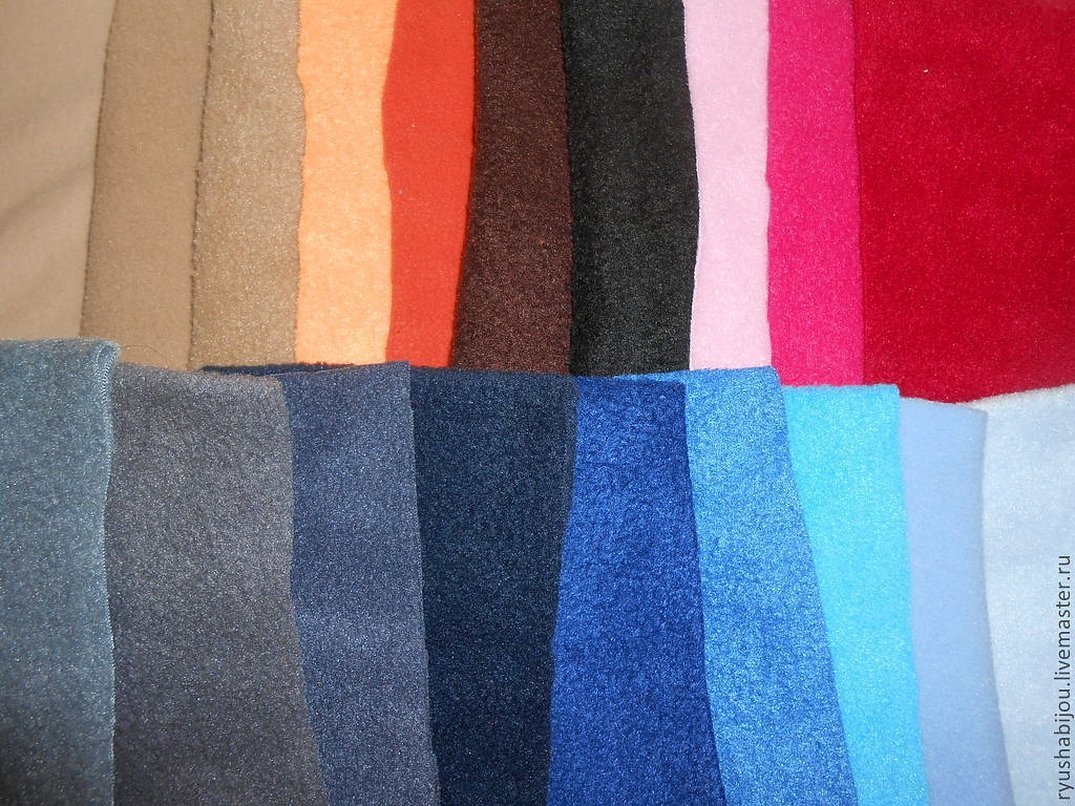
Types of fabric can be divided by density and specific gravity. From this point of view, fleece is:
- Microfleece is characterized by a value of 100 g per cubic cm. It is suitable for making underwear and home clothes.
- Low-density polar fleece has a slightly higher density. It is used to make thin sweatshirts or leggings.
- Medium-density (200 g per cubic cm) is used to make children's clothing, scarves, socks or mittens.
- Dense (300 g per cubic cm) is suitable for thick, warm clothing or home textiles.
- The use of super-dense polar fleece (400-600 g per cubic cm) is suitable for tourist use.
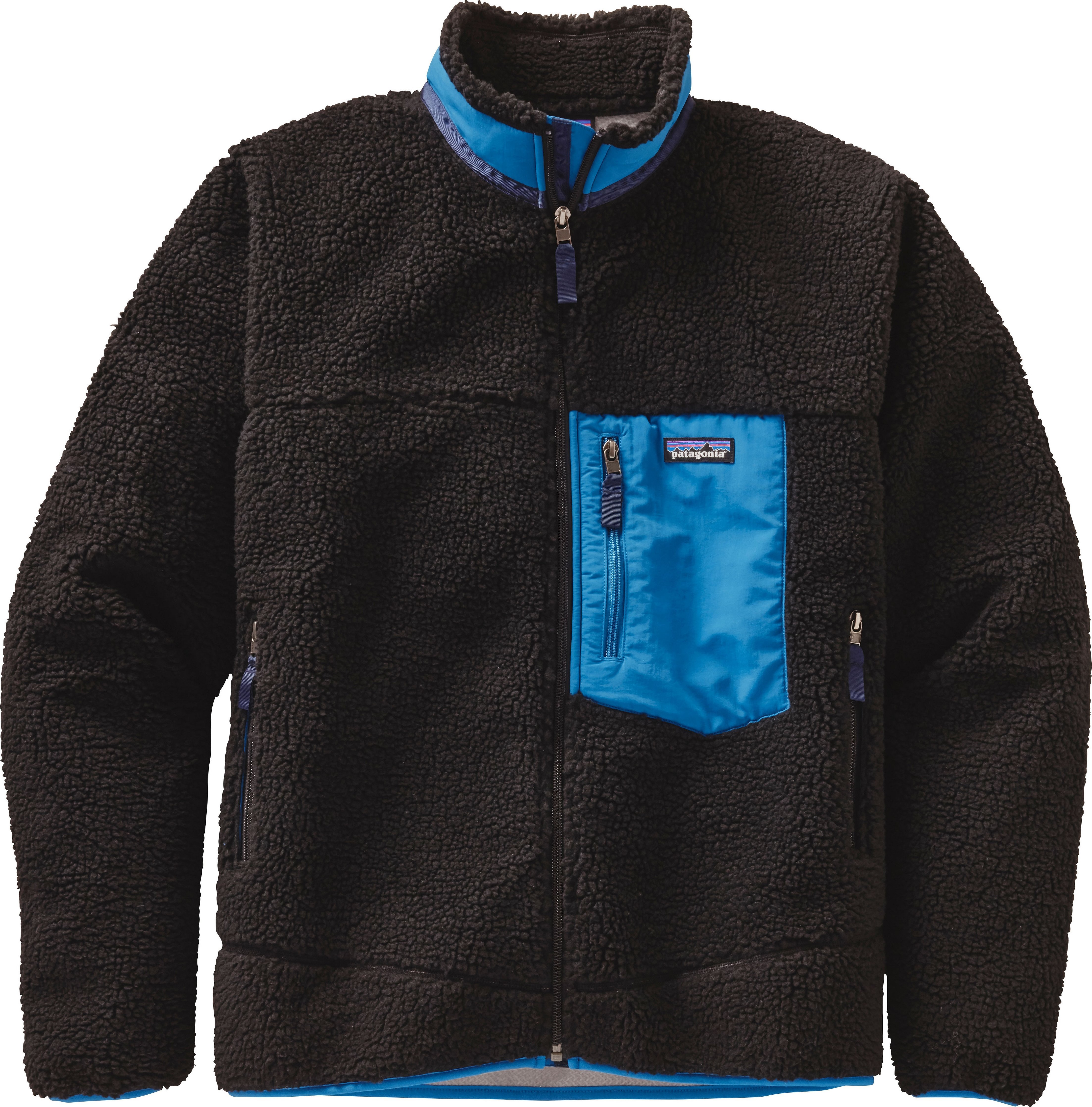
If we consider what kind of fleece there is, what it is from the point of view of processing, then we can note the following. It can be:
- treated for fire protection purposes;
- for the purpose of producing anti-pilling fleece;
- in order to reduce the degree of electrification;
- in order to enhance water-repellent properties.
Note! These options can be used simultaneously.
Rules for using fabric when sewing clothes
Typically, when sewing fleece fabric, the three-layer rule is used:
- Internal, which will be in contact with the skin. Cotton clothing can be used for this purpose.
- The middle layer is a fleece lining.
- The outer part of the garment depends on its purpose. For example, to protect against rain, a water-repellent coating is required.
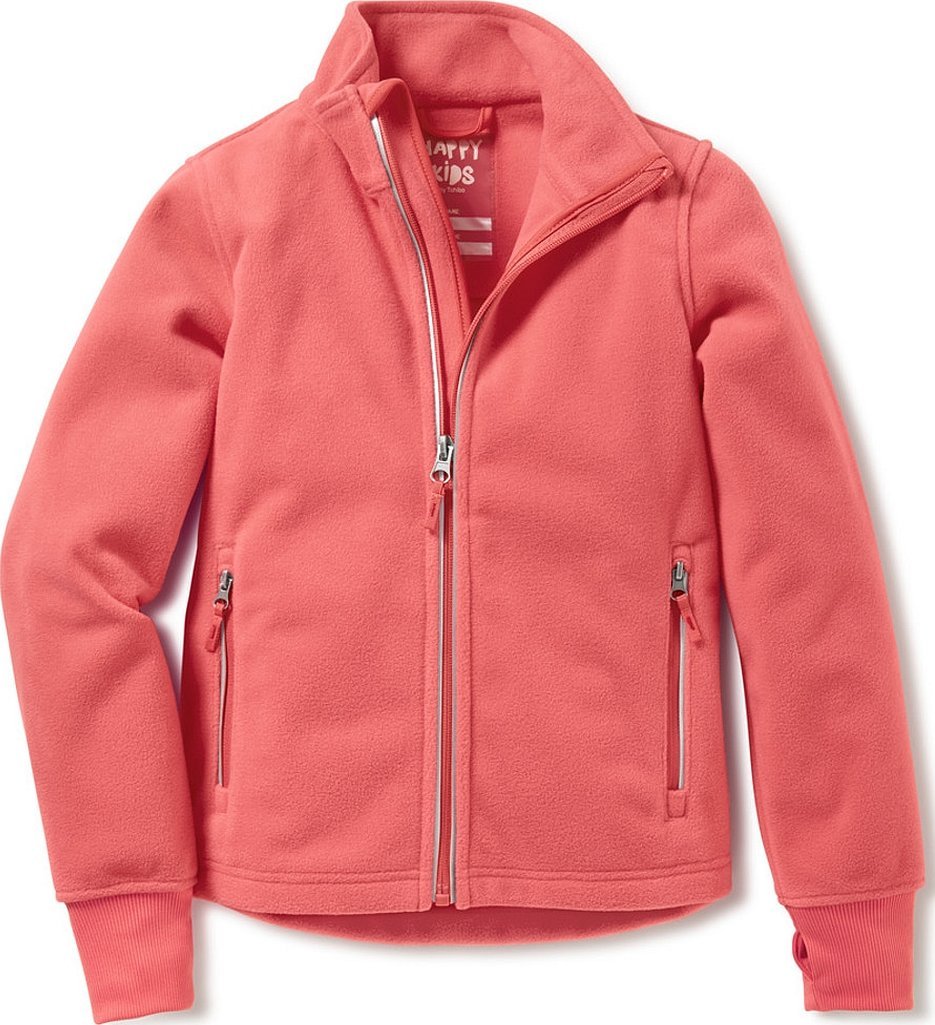
It is also possible to sew single-layer clothing, because fleece does not irritate the skin and is able to protect from bad weather. However, the three-layer version is more effective.
Fleece for newborns, can it be used?
Fleece as a fabric for children is completely safe. Although mothers are wary of synthetic fabrics, nevertheless, if there is no allergy, a child can wear high-quality fabric. The advantages of fleece make its use for newborns very practical.

What is sewn from this material?
In manufacturing, fleece is a synthetic fiber without any natural additives. What fleece is made of includes recycling of plastic products: bottles, bags, film or similar.

In some ways the material is similar in properties to wool, but it is not exactly like it.
Fleece material is used to make:
- sportswear;
- children's clothing;
- thermal underwear;
- accessories such as slippers, mittens or socks;
- gloves that fit tightly to the hand;
- fleece can be used as a clothing component intended for insulation;
- it can be used to make shoes;
- It produces high-quality home textile items (such as blankets, robes or bedspreads).
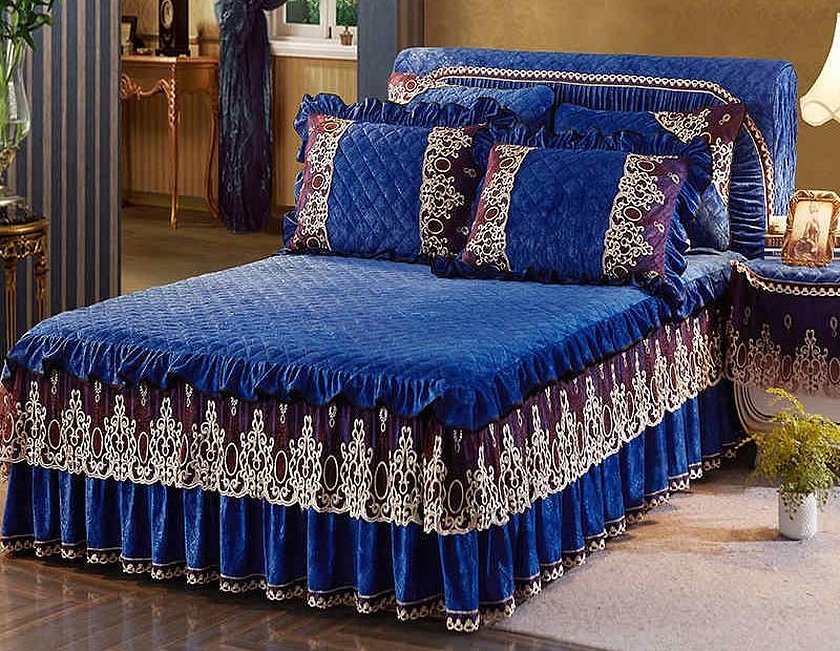
To choose the right option, you need to understand what fleece is in clothing and what functions it can perform.
How to wear it correctly
Important! This fabric protects from cold and heat no worse than natural fabric, but it is ineffective during heavy rain. In piercing wind, you can use special types of fleece.
The care of the products is easy
Although fleece is relatively easy to care for, there are nevertheless rules for its use that are not recommended to be violated.
How and at what temperature to wash fleece?
When using a washing machine, the recommended operating mode is the one intended for delicate washing. In this case, the water cannot be hotter than 40 degrees.
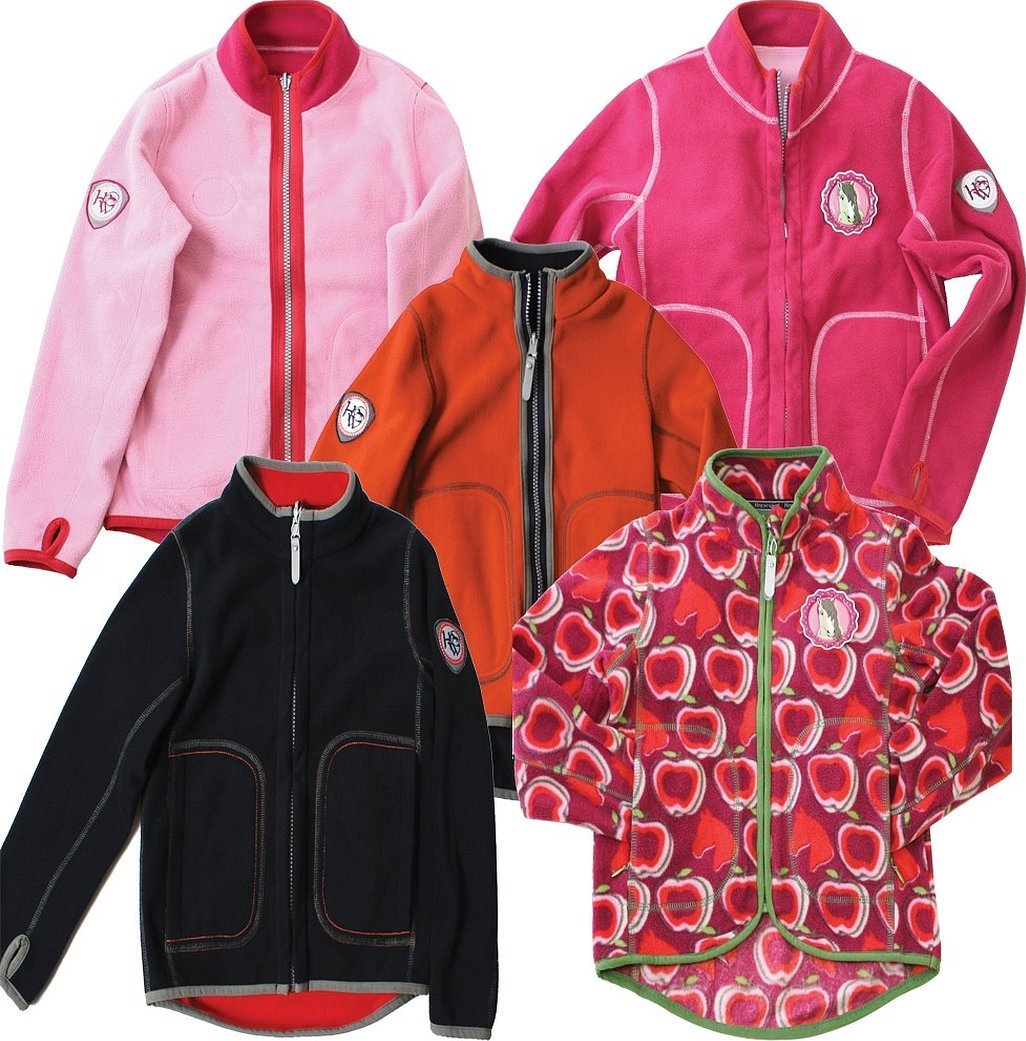
It is easy to find special products for washing fleece products on sale. Their use is effective, but it should be taken into account that such textiles are unpretentious and any detergent can be used for this purpose. In particular, laundry soap is suitable.
Drying and ironing fleece items
In order to dry fleece fabric after washing, do not wring it out or dry it on a radiator, even if it is thick. Simply let the moisture drain off and the item will be completely dry in no more than two hours.
Ironing of this fabric is excluded. When heated above 60 degrees, the fabric loses its structure due to the melting of the fibers.
Leaders in the production of fleece fabrics
The most famous manufacturer is the American company Polartec. It has more than 300 varieties of fleece fabric in its arsenal.
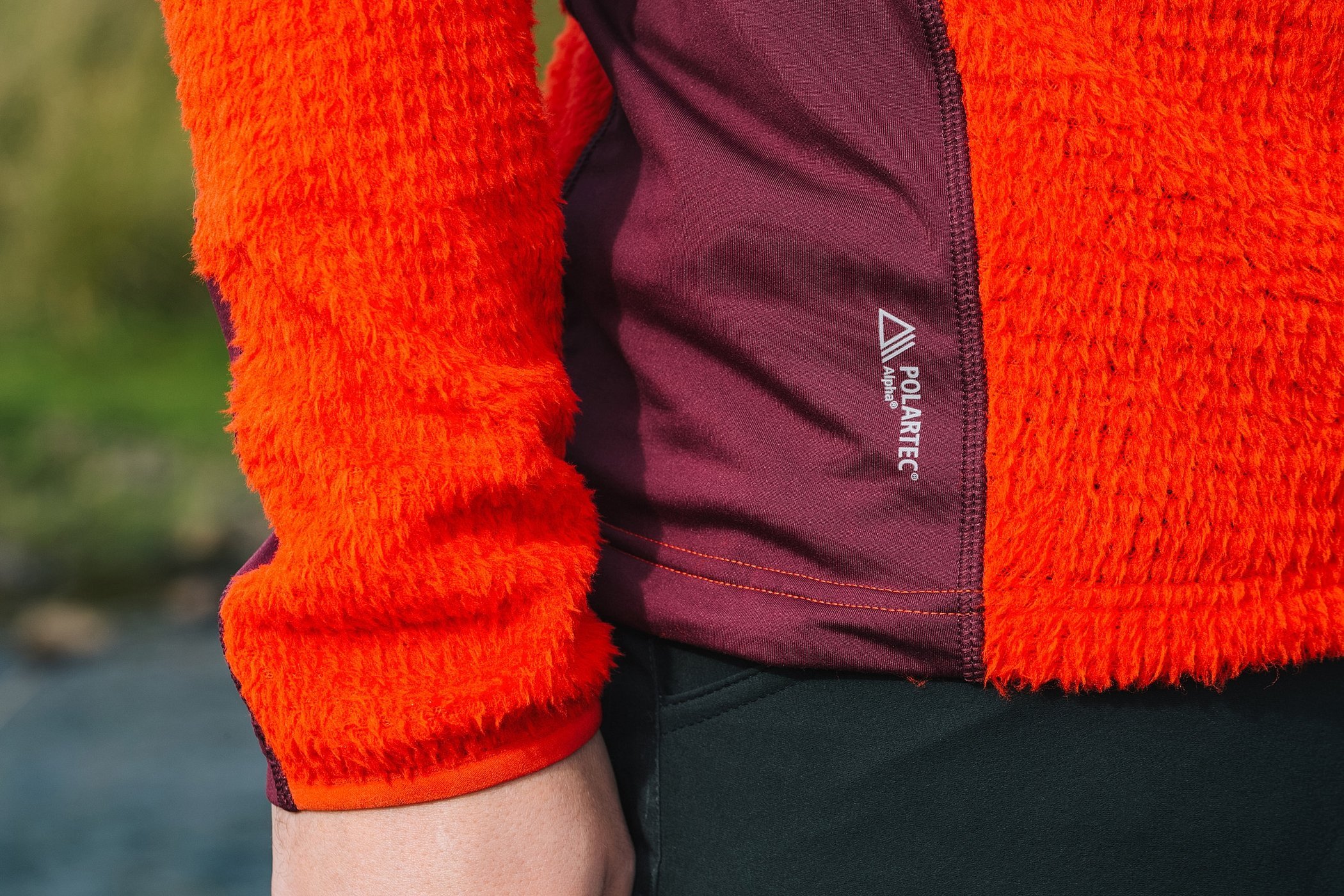
Also very well known is the American company Gore Windstopper. It specializes in creating high-tech fleece options.
Advantages and disadvantages of fleece products
It is interesting to understand what fleece fabric is and what its features are. It has a number of important advantages:
- High elasticity. This is evident in the fact that fleece does not restrict movement, while maintaining its shape well. Sometimes such clothes are made with a cotton lining.
- The fibers that make up the fabric are specially structured, which ensures good air permeability. High-quality ventilation allows you to feel comfortable in both hot and cold weather, the material does not absorb human body vapors, and they easily pass outside. This allows the fabric to be used as insulation.
- There are no special requirements for fabric care. Machine washing is allowed for fleece.
- The ability to dry quickly. If you process it in a washing machine and hang it out in the fresh air, then after 2 hours the fabric will be completely dry. The appearance of fleece is almost independent of weather conditions.

- This material is inexpensive. One of the reasons is that the inventors did not consider it necessary to obtain a patent for this fabric.
- It has good thermal insulation properties even when wet. This expands the possibilities of what can be sewn from fleece.
- 7. Not dangerous for people who suffer from allergies.
- 8. It does not deteriorate due to biological reasons. This fabric does not grow mold, it is not a habitat for dust mites. Fleece is not attractive to moths.
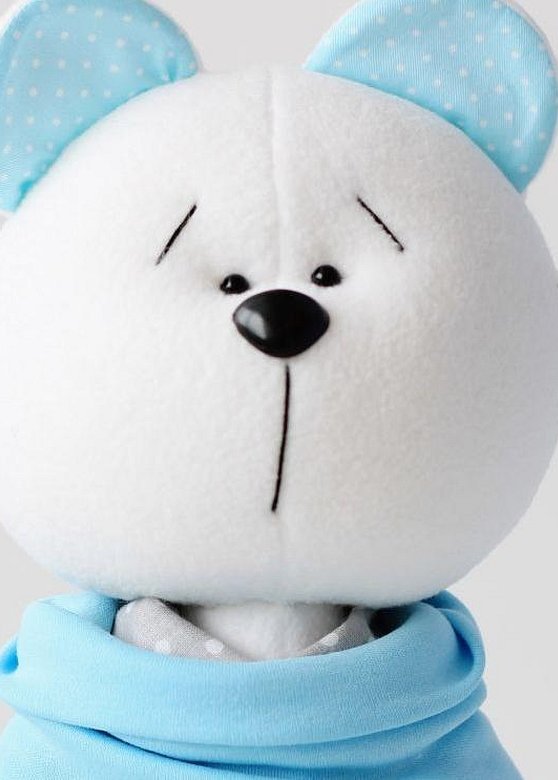
- The material has a low density.
- Clothes made from it will not shrink after washing.
- Fleece products are very durable, provided that the operating instructions are followed.
- Fleece is pleasant to the touch, which is especially important for artificial fabric. At the same time, it does not create a feeling of slipperiness or creaking. When using the fabric as a lining, skin irritation does not occur.
- The clothes are easy to care for: they are easy to wash, do not require ironing, and dry quickly.
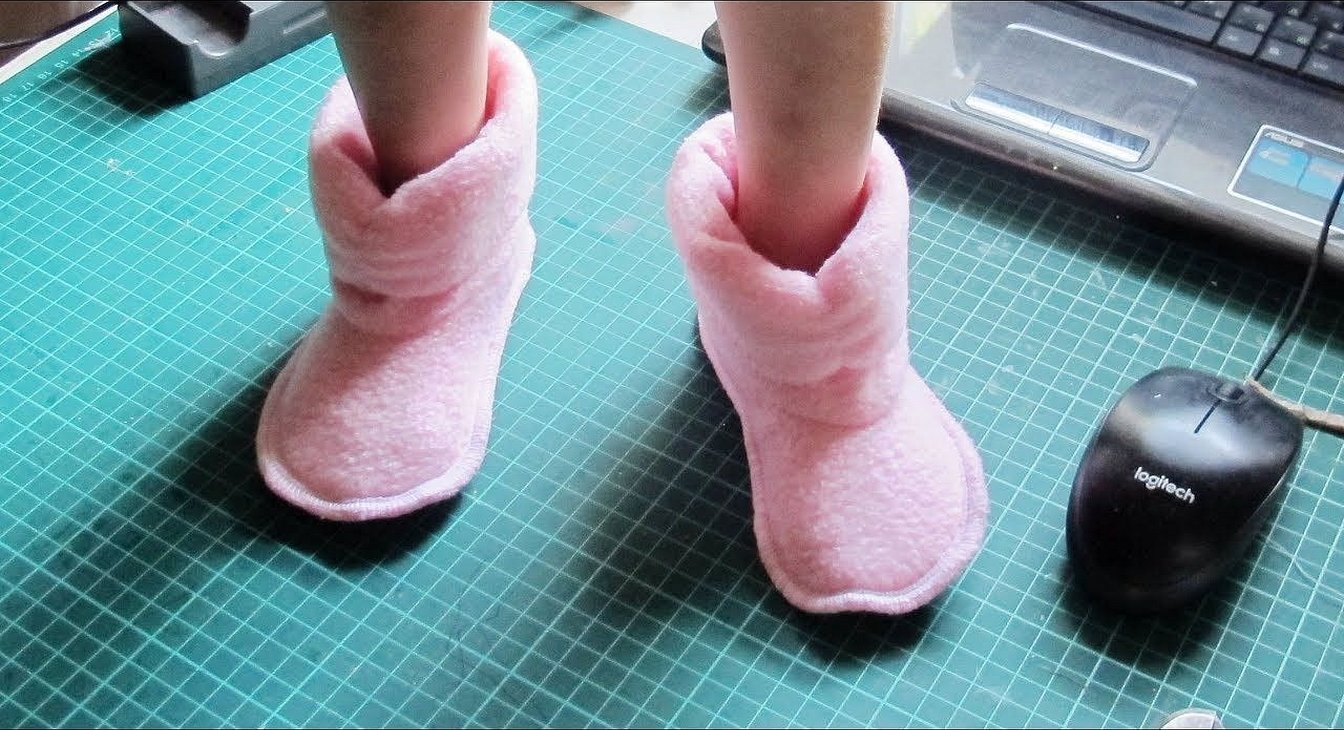
However, this material has its own disadvantages:
- Some types of fleece can easily catch fire. In most cases, this fabric has the necessary treatment to protect against this.
- The material can easily collect dust.
- Fleece easily becomes electrified.
- Inexpensive varieties quickly form pellets when worn, and the performance characteristics of the fabric become noticeably worse.
Due to its properties, this fabric has gained wide popularity.
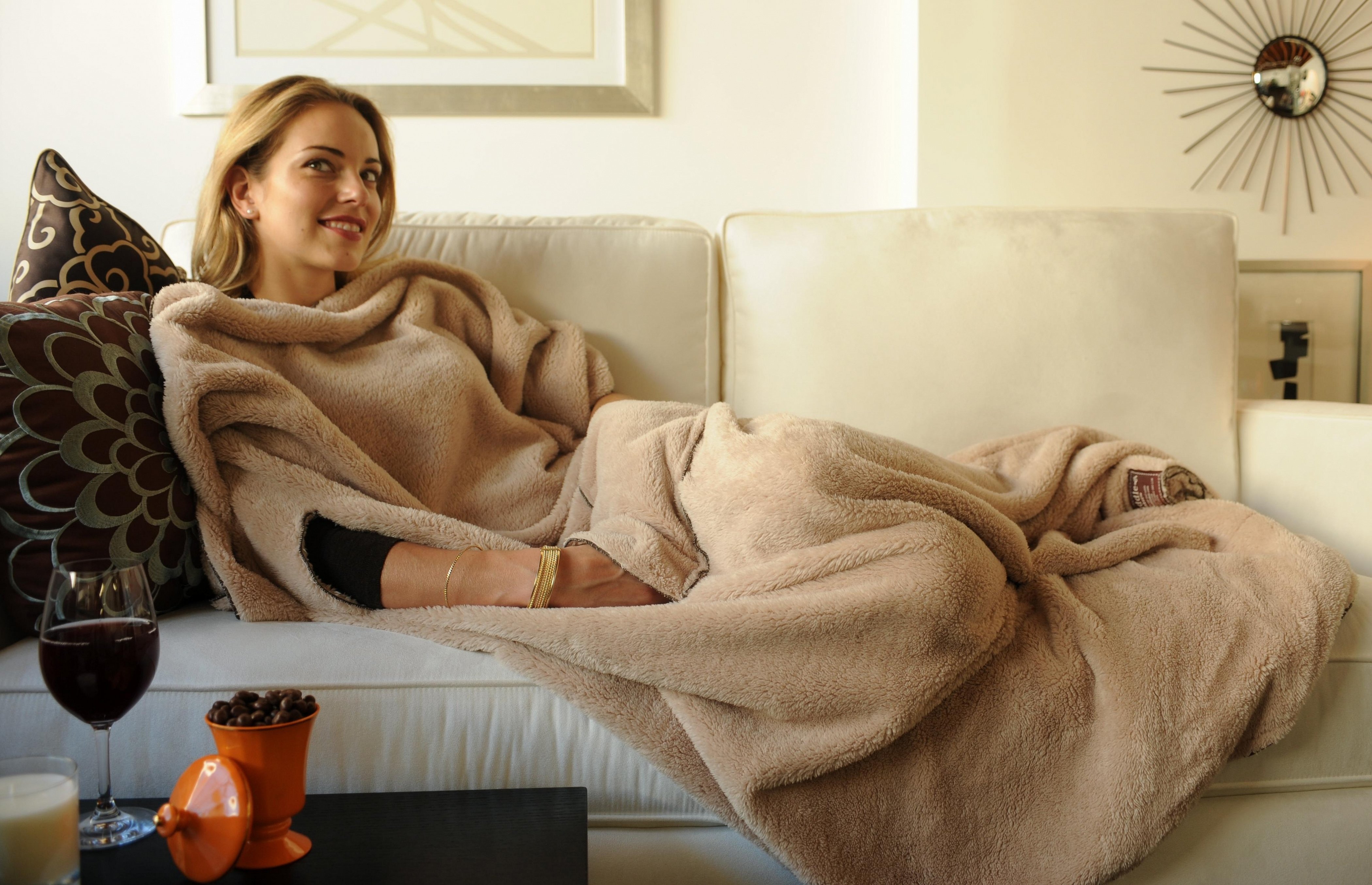
How much does fleece cost
In most cases, fabric is imported to Russia from abroad. The price is additionally increased by customs duties. The cheapest fabric comes from China. Its retail price, as of May 2019, is from 100 to 300 rubles per sq. m.
Using fleece is useful and convenient in many cases. In order to use it with the greatest efficiency, it is necessary to follow the operating rules when working with it.

